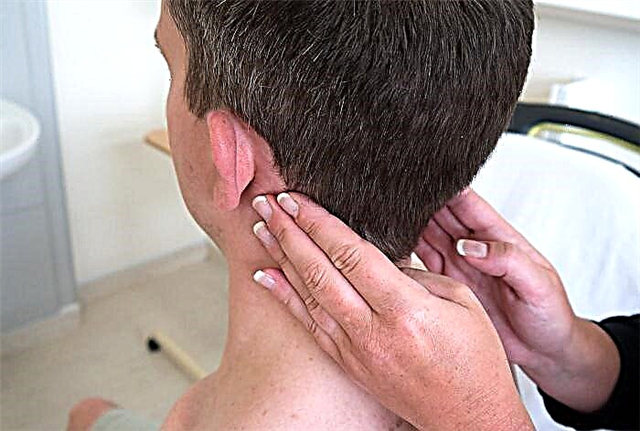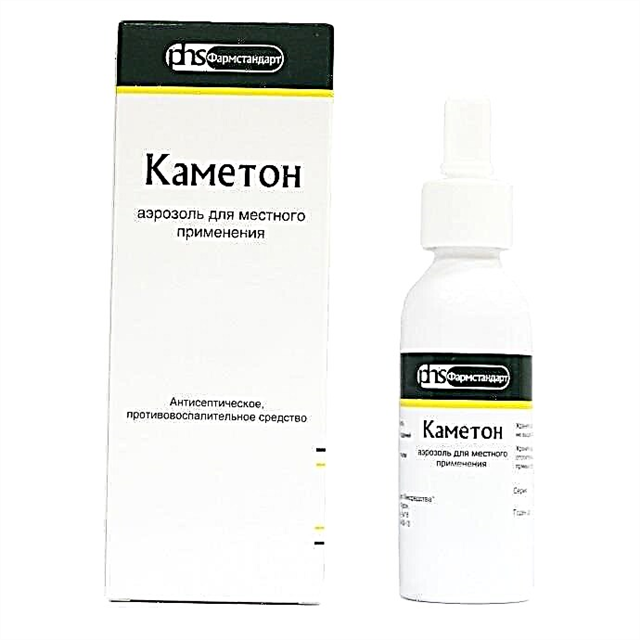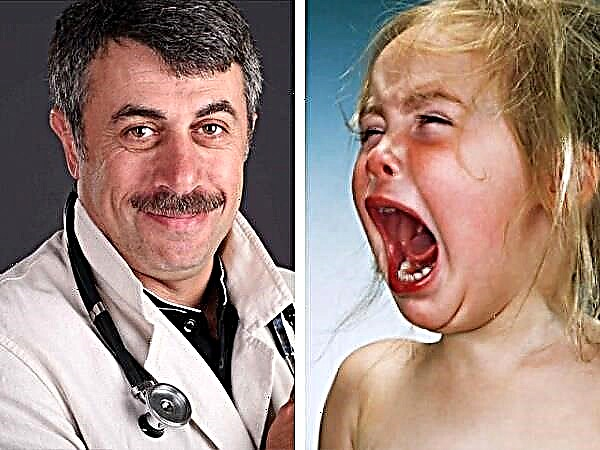A headache in a child is a fairly common phenomenon. This does not mean that you can ignore the problem. On the contrary, the sooner it becomes clear what caused the problem, the easier it will be to fix it.

Children suffer from headaches as well as adults
The main factors of headache
Medical practice confirms that headache is a common reason for referring to pediatricians. The factors that cause it, in most cases, are the same as in adults. If the baby has not yet learned to speak and cannot explain how and what hurts him, difficulties arise with the diagnosis. Most often, a child's head can get sick for one of the following reasons:
- chronic lack of sleep;
- high physical activity;
- improper nutrition;
- conflict situations at school, with parents or peers.
If a child has a headache from time to time, but on his own he cannot recognize what exactly causes the attacks, the task of the parents is to help him with this on his own or with the involvement of a pediatrician. Only by accurately understanding the cause of the headache, you can effectively get rid of it.

Many children tolerate headaches worse than their parents
What causes cramping and pain
Most often, a child's headache is a symptom of a certain disease, condition or pathology.
Migraine
Migraine affects children in the age range from 7 to 11 years. This disease is characterized by the following symptoms:
- the pulsating nature of the pain radiating to the temple or eye area;
- increased pain syndrome with noise or bright light;
- vomiting;
- nausea;
- exacerbation of smell.
Note. The pains are of periodic paroxysmal character. Most often, the disease develops against the background of mental, physical stress or stressful situations.
VSD syndrome
Vegetovascular dystonia (or VSD syndrome) is another cause of headache in children. Most often, pathology is caused by cerebral hypoxia. In addition, irregularities in the work of the cardiovascular system, kidneys or liver can provoke VSD. As a rule, it is easiest to get sick with vegetative dystonia against the background of constant overwork and stress.
Emotional and physical stress
Emotional instability, anxiety, high physical activity, not age appropriate, can also cause headaches in a child. The very first thing that needs to be done in such cases is to reconsider the child's workload during the day, to create a calm psychological environment around him. In most cases, this is enough to cope with headaches.

In no case should a child's headache be ignored.
Diseases of the eyes and ENT organs
If a child has frequent eye, nose, throat or ear problems, he is more likely to know firsthand about the headache. Most often, this symptomatology accompanies frontal sinusitis and sinusitis.
Headaches can also be associated with prolonged eye strain. Closer to the age of six, babies begin to actively draw, watch TV, read, because of which the optic nerve cannot cope with the load. The nuisance is easily corrected through the reasonable distribution of the child's activities and elementary gymnastics for the eyes, aimed at reducing stress.
Respiratory diseases
A strong and sharp pain syndrome in young patients can be observed with respiratory diseases. The disease is often accompanied by fever, general weakness, runny nose and cough. In such a case, a child should be treated for ARVI, influenza or a viral infection. As soon as the baby recovers, the headache will cease.
Encephalitis and meningitis
Such serious diseases as meningitis and encephalitis also have headaches among their symptoms. In this case, the pain syndrome is not periodic, but permanent and becomes almost unbearable. Often the pain spreads to the cervical area. Because the head is literally splitting, the child may not pay attention to it.
A brain tumor
One of the most serious diseases, which is accompanied by severe headaches, is a brain tumor. The pain is excruciating and can even cause loss of consciousness. The frequency and duration of attacks increase as the disease progresses. Without strong painkillers, it becomes almost impossible to endure pain, especially for a child.
Concussion
Headache is often seen after a concussion. This symptom will never be the only one. If the child hits his head, in addition to pain, he will feel dizziness, nausea. In some cases, body temperature may rise, appetite disappear, sleep disturbances. Seeking medical attention if a concussion is suspected is mandatory.
The manifestation of the disease
Many experts note the fact that a child's headache can have various manifestations.
Permanent
Chronic headache is more common in children than adults. If it is diagnosed in a child, it is most often viewed as a form of migraine. It is mainly external factors that provoke a constant headache: illness, stress, etc. In certain cases, the problem may be medication-related and a side effect.
Sharp attacks of pain
A sharp headache is observed in children for various reasons. It can be one of the symptoms of the disease. In this case, you should immediately consult a doctor. Sometimes paroxysmal pain occurs against the background of insomnia, menstruation in girls, emotional and mental stress and excessive physical exertion.
Recurrent pain
Recurrent pain can also have different etymologies. According to pediatricians, up to 50% of young patients experience them with greater or lesser frequency. In most cases, there is not the slightest cause for concern. Just in case, in order not to miss the development of a serious pathology, it makes sense to conduct a diagnosis.
Diagnostic methods
Diagnosis of headaches in children is carried out by specialized specialists. When the first symptoms occur, the child should be shown to a pediatrician. It is he who, if necessary, will write out a referral to a narrower specialist: a neurologist, ophthalmologist, otolaryngologist, etc.
The following techniques can be used to diagnose when a child has a headache:
- Ultrasound of the vessels of the brain;
- MRI of the head;
- radiography;
- electroencephalography.

When diagnosing, the nature of the pain matters
Healing activities
Treatment in each individual case is assigned individually, depending on the results of the studies. Sometimes the pain goes away spontaneously as they grow older, in some cases it persists in the patient for life.
At home, you should provide your child with complete rest, good nutrition and minimize the time he spends in front of a computer or TV. Medication is prescribed by a specialist. It can include analgesics, antispasmodics, vitamins, or drugs to correct cerebral circulation.
Preventive actions
You should not wait for the child to complain that his forehead hurts, or knocks on his temples. Like any other disease, headaches are easier to prevent than cure.
Mode and nutrition
Parents should pay especially close attention to how and what their child eats at school, kindergarten and at home, monitor his mental and physical stress. Regular nutrition and adherence to the daily regimen will significantly reduce the likelihood of developing headaches.
Stress protection
Even if the relationship between the parents leaves much to be desired, you should not scandalize with the child. It will not be superfluous to be interested in the affairs of children in school or kindergarten. Both the baby and the teenager must be reliably protected from emotional shocks.
Walking at a fresh age
It is very difficult to send modern children out for walks, as they enjoy spending their free time at computers. But the child needs to breathe fresh air every day. This will not only reduce the likelihood of headaches, but also increase children's immunity.
Sports activities
Practice shows that children who are actively involved in sports, go to the swimming pool and to various sections, get sick less often. The main thing here is not to overdo it and pay attention to how the child tolerates physical activity. Going to the pool, gym and jogging at the same time (for one day) can overwork a fragile body and do more harm than good.

Sometimes the headache goes away without treatment
Headaches are not uncommon in children. When faced with this problem, parents should not panic. The likelihood of a serious illness behind throbbing temples is low.



